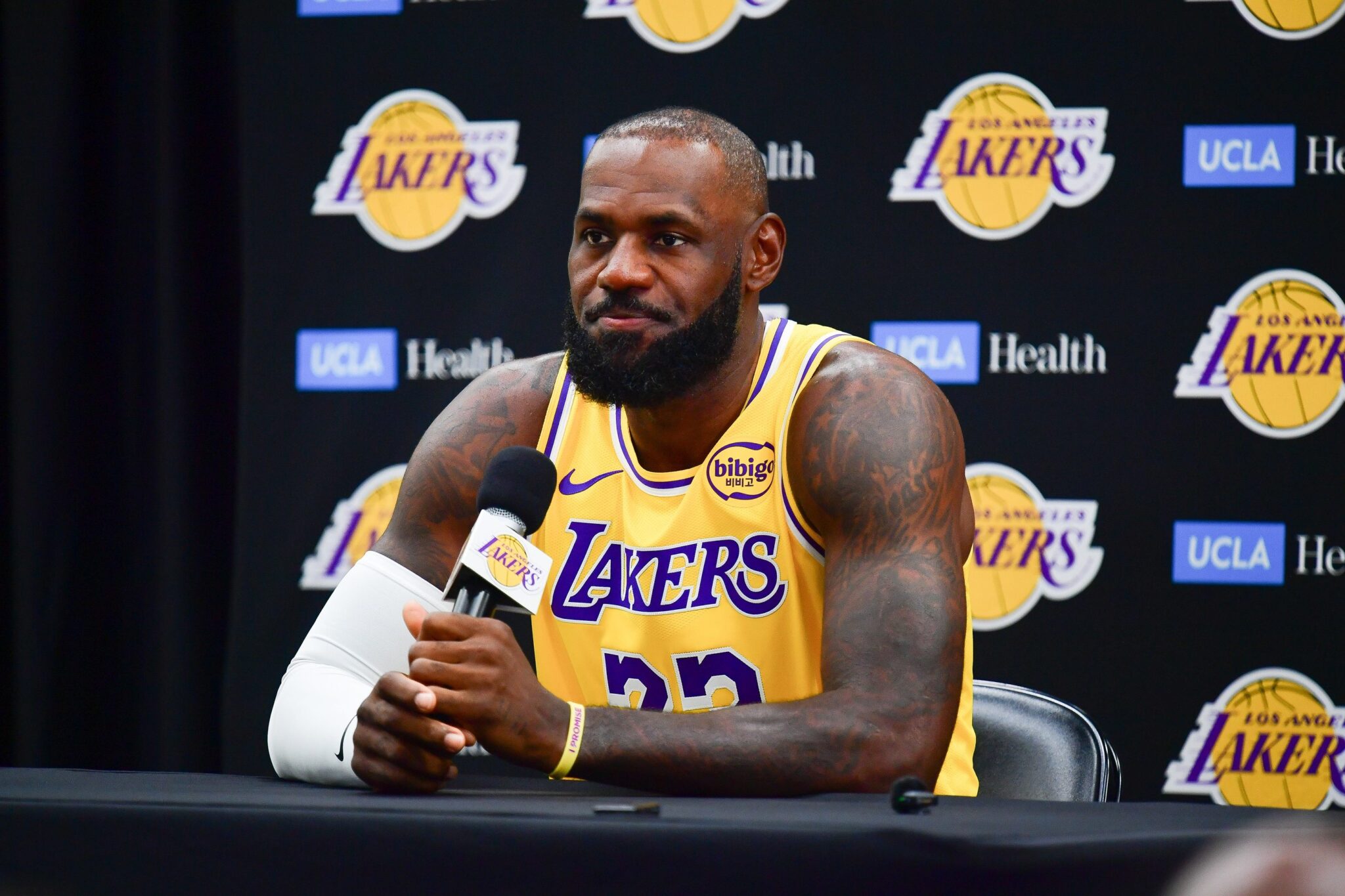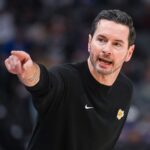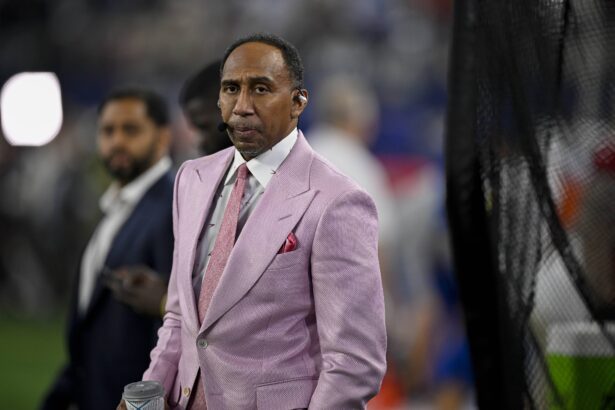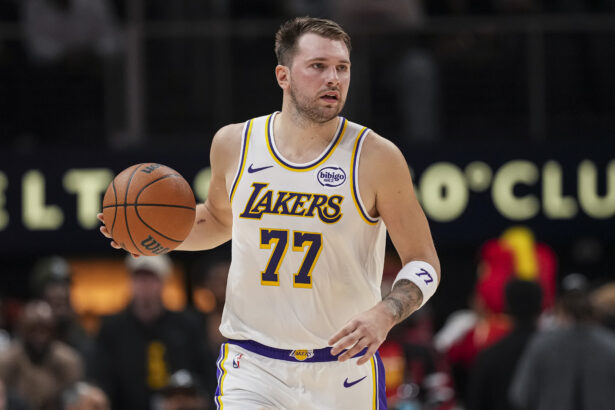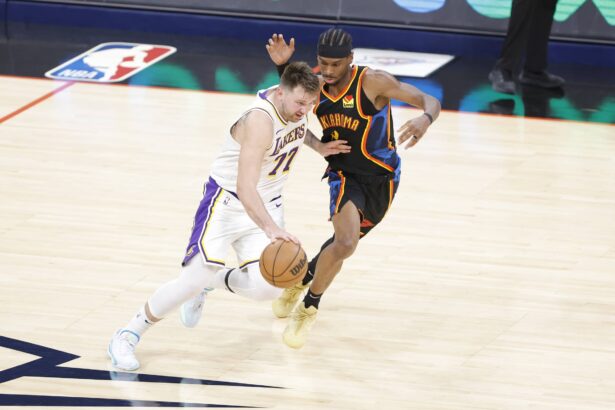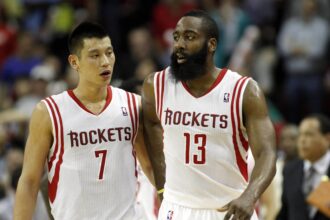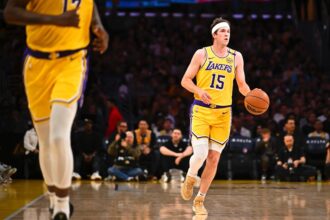The NBA is off to its strongest television start in over a decade, with viewership numbers reaching levels not seen since 2010. Through the first two weeks of the 2025–26 season, national broadcasts have averaged the most viewers in 15 years, up a staggering 92% year-over-year, according to the league’s official announcement on Friday.
What makes the surge remarkable is that it has come without LeBron James, the face of the league for two decades, who has yet to make his season debut due to a lingering calf issue. In the past, LeBron’s absence from the court or even from marquee primetime matchups has often meant a dip in interest.
This year, however, the NBA is thriving without him, proving that the league’s new era of stars, storylines, and streaming accessibility is captivating fans on its own.
This uptick comes one year after critics claimed the league’s ratings were slipping amid concerns about player rest, late tip-offs, and cord-cutting. The narrative has flipped. The NBA’s combination of a refreshed broadcast schedule, improved accessibility, and a surge of young stars has reignited casual and dedicated fans alike.
A large part of that success can be credited to ‘Tap to Watch,’ a new digital initiative launched by the league this fall. Designed to simplify how fans find and watch live games, the feature allows users to instantly access broadcasts from within the NBA’s ecosystem. Whether through the NBA App, NBA.com, or team websites, fans can now seamlessly connect to games via major networks and digital partners like ABC, ESPN, NBC/Peacock, and Prime Video.
But that’s not all. The integration extends across tech and social platforms, including Google, Meta, Reddit, Roku, X (formerly Twitter), and Snap, making live NBA action accessible from almost anywhere. Additional rollouts are planned with FanDuel, Fanatics, and Yahoo Sports, giving fans even more entry points into live content.
The scheduling changes have also played a massive role. The NBA’s revamped media rights deal spread games strategically across different days and platforms to reduce overlap and viewer fatigue. The new weekly slate includes Mondays on Peacock, Tuesdays on NBC/Peacock, Wednesdays on ESPN, Saturdays on Prime Video and ABC, and Sundays split between ABC and NBC. By giving fans a predictable and diverse viewing schedule, the league has managed to capture a consistent audience across multiple platforms.
Opening week set the tone. The NBA’s return to NBC Sports after more than two decades was a ratings triumph, drawing 5.61 million viewers for its doubleheader, marking the largest October opening night audience since 2010. That strong debut carried over through subsequent matchups featuring stars like Giannis Antetokounmpo, Victor Wembanyama, Luka Doncic, and Anthony Edwards, all of whom have become key faces of the NBA’s next generation.
And that’s perhaps the biggest takeaway: the NBA’s post-LeBron identity is taking shape faster than anyone anticipated. While the 40-year-old icon’s return will undoubtedly spike ratings even higher, the fact that viewership has boomed without him suggests the league has finally transitioned into its next phase.
Players like Wembanyama, whose nightly highlights dominate social media, and Doncic, who’s averaging MVP-level numbers for the Lakers, are driving fan engagement to new heights.
In many ways, this season marks the arrival of a balanced ecosystem—one where traditional television audiences and digital-native fans coexist. The NBA’s global social media footprint, already the largest of any sports league, has amplified the reach of its broadcasts, helping younger fans engage in real time through short clips, interactive polls, and cross-platform integrations.
If this trend continues, the 2025–26 season could go down as the year the NBA cemented its position as the most forward-thinking sports league in the world, one that found a way to grow even in the absence of its biggest global star.
LeBron James will return soon, and when he does, the numbers will almost certainly spike again. But for now, the story is bigger than any one player. The NBA isn’t just surviving without LeBron. It’s thriving.

